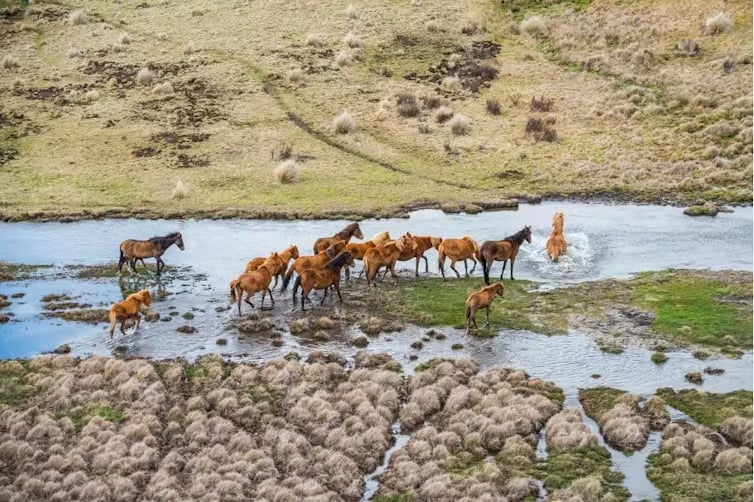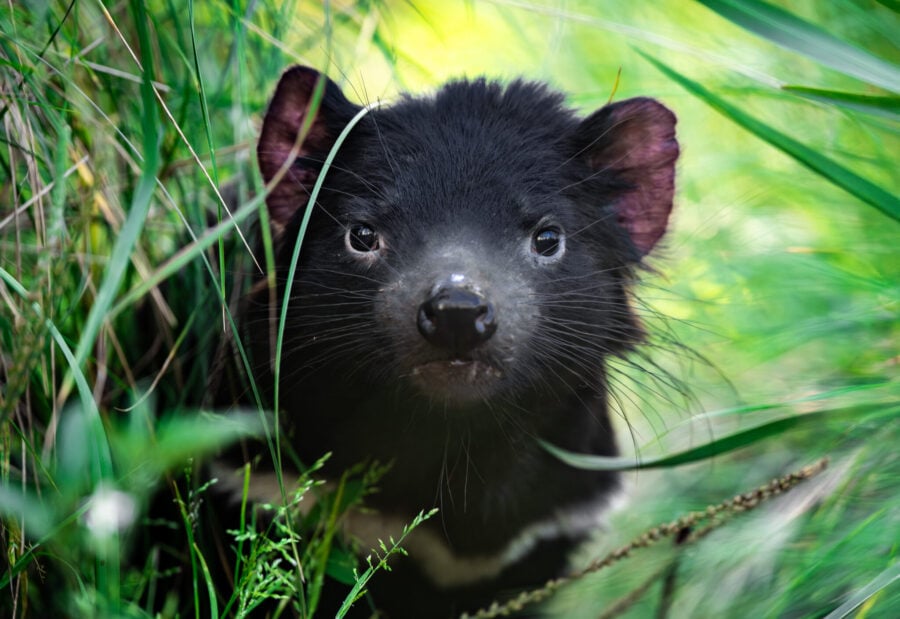Building designer burrows for endangered wombats

SPECIALLY-DESIGNED, MAN-MADE BURROWS are helping critically endangered northern hairy-nosed wombats settle into a new location in south Queensland.
Northern hairy-nosed wombats are the largest of Australia’s three wombat species, and also the most endangered – experts estimate there are just 200 left in Australia. This is largely due to competition with cattle and sheep for food, drought, and dingo and feral dog attacks.
Up until four years ago, this sparse population was confined to one small site in Epping Forest National Park, central Queensland. However, in 2009, 15 of these wombats were transported to a new site at the Richard Underwood Nature Refuge in south Queensland.
Establishing ready-made burrows was part of the preparation for the new site. The burrows helped to regulate the underground temperature and humidity for the wombats, and the population is thriving since its relocation.
“Burrows are essential for wombats,” says Dave Harper from the Department of the Environment and Heritage Protection (DEHP), in Queensland. “They provide a safe, constant environment… it’s their home.”
How to dig a wombat burrow
Wombats require at least one burrow each, which they rely on for sleeping and shelter from the elements and predators. Some wombats dig burrows up to 90m long, while others are as short as 5m.
“Our intention was to provide starter burrows that the wombats could expand, if they wanted to,” says Alan Horsup, also from the DEHP. “At the very least, we had to provide a burrow to release them in because they cannot survive above ground for long, and digging their own burrow requires a lot of energy.”
The team used a 450mm drill to dig holes for 28 burrows for the wombat population. The burrows were designed to stay dark and cool during the day, and offered separate chambers for sleeping and reproduction.
The angle of the entrance is very important, says Dave. A decline of around 30 degrees from the horizontal ground allows access for the wombat, while maintaining the stability of the tunnel.

Researchers dig burrows for rare wombats at the Richard Underwood Nature Refuge, QLD (Credit: Alan Horsup)
Too shallow an angle would make the burrow prone to collapse, while too steep an angle would not allow the animal enough stability of footing to dig effectively.
Burrows also need to be long enough to keep the temperature inside at 12 to 28 degrees Celsius to maintain comfort for wombats.
Critically endangered: northern hairy-nosed wombats
While humans were responsible for the creation of the tunnels, the wombats saw to their renovations, digging extra chambers and adding new entrances.
Dave says the existing burrows acted as encouragement for the wombats. “If someone gave you a new house that was partly constructed, wouldn’t you continue to build and modify that house, rather than start from scratch?” he explains.
However, Dave says it could take decades of wombat home improvement before the burrows at Underwood are as elaborate as those at Epping.
Though the northern hairy-nosed wombat remains critically endangered, Alan holds hope for the species. “In the 1980s, there were as few as 35 of these wombats remaining on the planet. Now we have 200.”
Northern hairy-nosed wombats grow to about 1m long and can weigh up to 40kg.
RELATED STORIES




